In the world of branding, a single phrase captures the zeitgeist – Content is King. Let’s zoom in. Imagine the Mona Lisa, iconic yet silent… But then, she starts speaking to you, revealing the enigma behind her smile, sharing her story – captivating, isn’t it? That’s the irresistible allure of content assets.
Take a journey down memory lane to when you painstakingly collected baseball cards or treasured comic books as a kid. Back then, each piece in your collection held significant value and told a unique story. Fast forward to today, and you’re still collecting, but the assets have changed-the scenes drawn on comic book pages have transformed into dynamic blog posts, ebooks, podcasts, infographics, and videos that tell the compelling story of your brand. These are your modern-day collectibles, your content assets, valuable pieces that will rocket your brand visibility and credibility to unprecedented heights.
So buckle up! As you delve further into this post, you won’t just read about content assets; you’ll learn how to strategically gain, maintain, and wield them. Like a master storyteller, you’ll get a grasp on how to weave your brand’s narrative into a content asset, leaving your audience wanting more. To maximum brand impact, we march!
Unveiling the Power of Content Assets: A Comprehensive Guide
TL;DR:
- Content Assets are crucial tools for brand promotion and establishment
- Their role in digital marketing is indispensable, acting as a compass for your marketing strategy
- The right assets can augment brand presence and recall
Understanding what content assets are
Content assets are any piece of content created for your business that adds value to your audience, thereby building a strong relationship between your brand and its consumers. These can be simple blogs or more complex webinars and case studies and should be at the core of every content marketing strategy.
The process begins with identifying audience’s needs, thereafter creating tailored material that resonates with them. Engaging content assets can make your brand more relatable and approachable, fostering trust that translates into long-lasting business relationships.
A recent survey has found the top three types of content assets created by marketers in the last year include short articles (83%), videos (61%), and infographics (51%). (source)
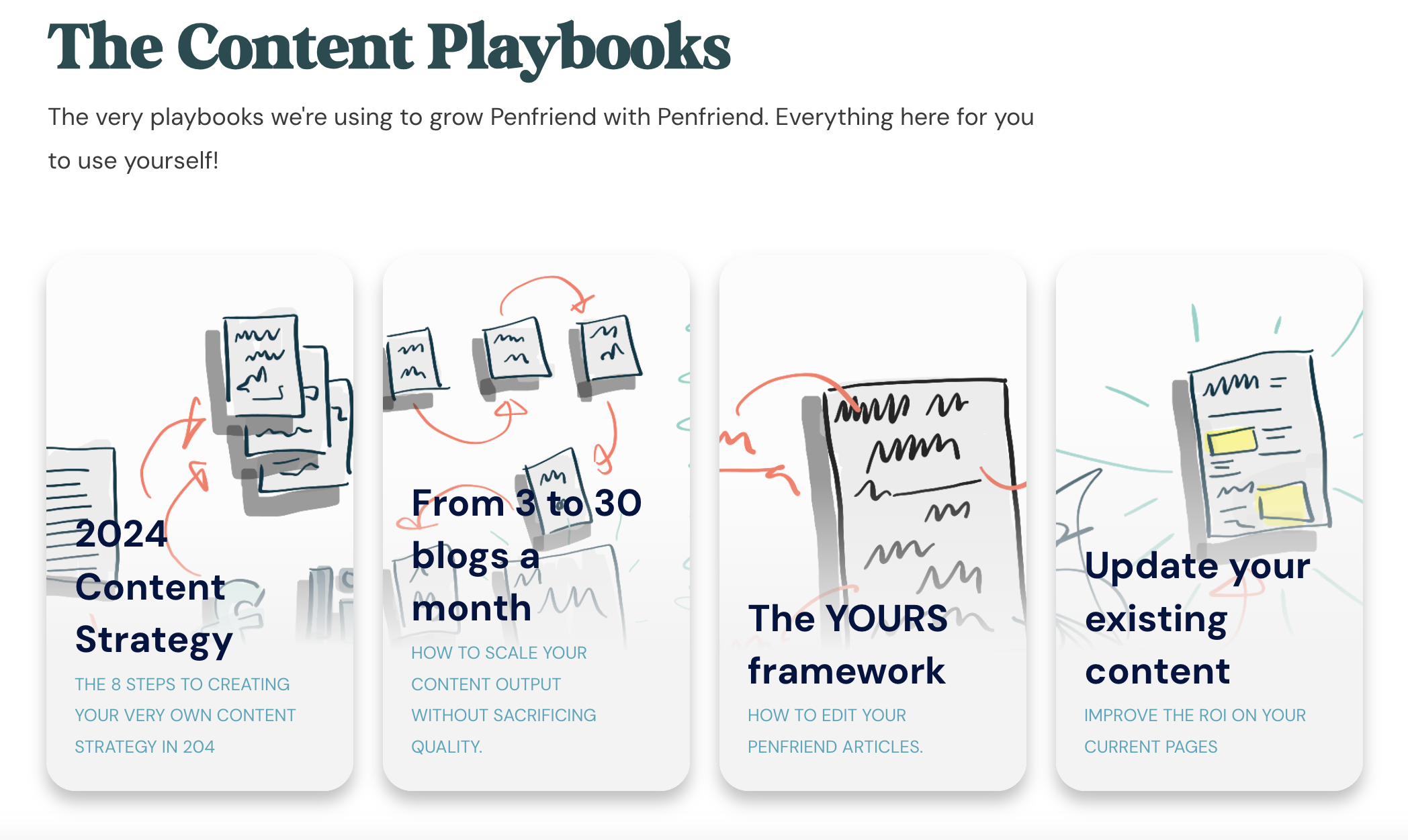
The Importance of Content Assets in Digital Marketing
The digital landscape thrives on content – meaningful, valuable, and engaging content. The magnitude of content assets in this space is colossal. They serve as the backbone of any digital marketing strategy, supporting and propelling your brand forward.
Every piece of content you create and share – be it a blog post, a social media update, or a video – becomes a potential asset that can:
- Enhance brand visibility
- Stimulate customer engagement
- Foster conversions
Content assets humanize your brand, position it as an industry leader, enhance SEO, and facilitate social media sharing–all driving users back to your website and pushing them through the conversion funnel.
How Content Assets Can Boost Your Brand
Content assets speak volumes about your brand. They define who you are, what you stand for, and how you can solve your audience’s needs. Therefore, they can play a significant role in boosting your brand image and reputation.
Creating rich and compelling content fosters brand awareness, with audiences more likely to recall your brand when in need of certain products or services. Through consistent delivery of value-driven content, you can build and nurture relationships with your audience, leading to customer loyalty and advocacy.
Well-curated content assets can significantly amplify SEO efforts, influencing visibility and organic reach. Lastly, good content encourages social shares, further extending your brand’s reach and putting it on the map of more potential customers.
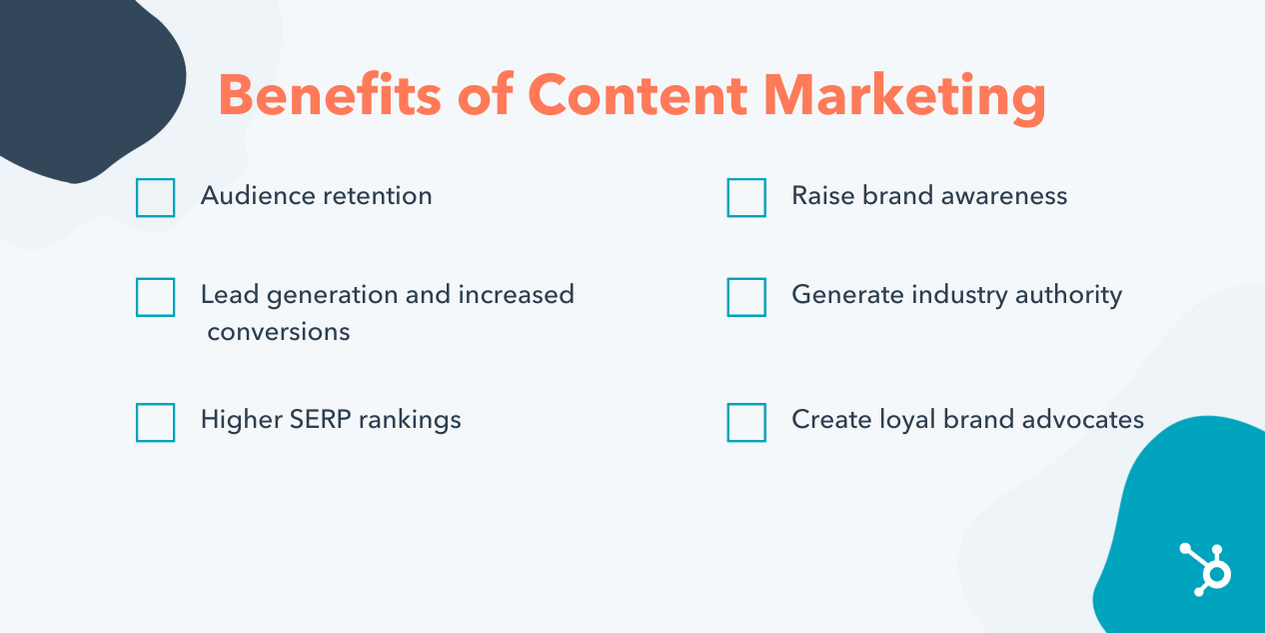
Exploring the Different Types of Content Assets
- Discover various content formats that amplify brand presence.
- Understand the unique advantages each content type offers.
- Learn why variety in content assets can be a game-changer.
Here’s a visual representation of the key points we’ll explore, focusing on different types of content assets, their features, benefits, and examples of successful implementation:
| Content Asset Type | Key Features | Benefits | Examples of Successful Use |
|---|---|---|---|
| Blogs and Articles | In-depth exploration of topics relevant to the brand | Enhances SEO, builds brand voice, fosters connection | HubSpot’s blog consistently drives traffic and leads through in-depth articles on inbound marketing |
| Infographics | Visual representation of information | Simplifies complex data, increases engagement and shareability | The “Daily Infographic” excels in creating shareable, visually engaging infographics that draw traffic |
| Videos | Engaging and dynamic content format | Boosts engagement and conversions, tells a compelling story | Dollar Shave Club’s viral video ad significantly boosted brand recognition and sales |
| E-books and Whitepapers | Long-form, in-depth content | Establishes brand as a thought leader, generates leads | Salesforce’s extensive library of e-books and whitepapers strengthens its authority in CRM solutions |
| Case Studies | Real-life examples of how a brand’s product/service solved a problem | Builds trust and credibility, demonstrates product value | Airbnb’s case studies showcasing host stories enhance its community feel and user trust |
This table summarizes the essence of content assets, highlighting how various content assets contribute to brand promotion and digital marketing success. Each type of content asset plays a unique role in enhancing brand visibility, engagement, and credibility, supported by examples of brands that have successfully leveraged these assets. Let’s dive in deeper.
Blogs and Articles
Blogs and articles have proven themselves as essential content assets over the years. People rely on them for information, advice, and expertise.
This form of content acts as a voice for businesses. They delve into topics relevant to the brand, fostering a connection between the audience and the business. Excellent blogs and articles provide value by answering questions, solving problems, and addressing pain points.
Empowering online users with knowledge isn’t the only merit. Blogs and articles also boost a brand’s visibility by ranking on Google. A well-optimized article for search engines can lead to your content ranking on the SERPs, helping more people discover your business. This increased traffic to your website can generate leads and conversions.
This is why we created Penfriend. We believe no matter the size of the business, creating helpful articles for your audience should be incorporated in every marketing strategy.
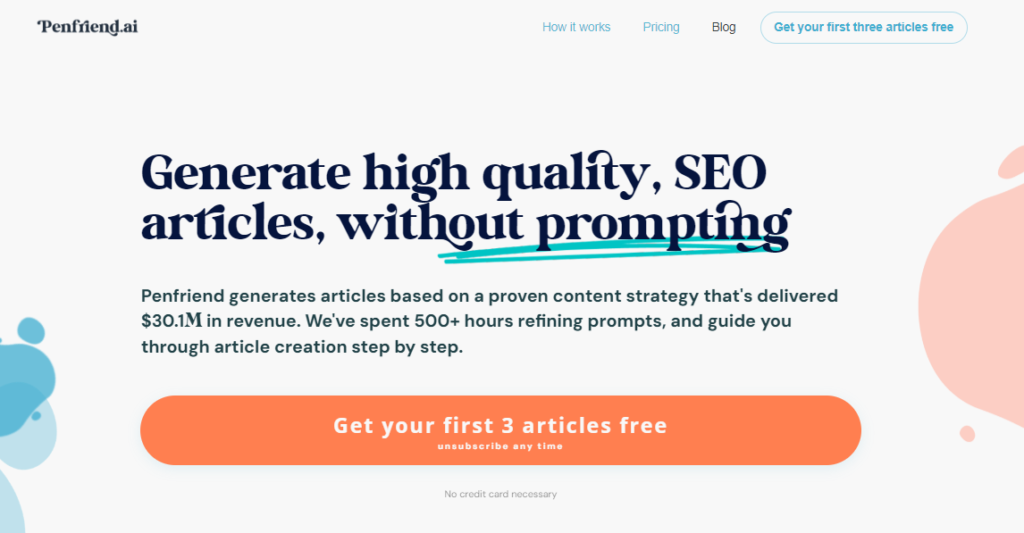
Penfriend Blog Writing Software Application
Infographics
Infographics are visual presentations of information intended to make complex data easily understandable at a glance. They’ve become a prominent content asset due to their effectiveness in capturing attention and simplifying complex messages.
Every person digests information differently. To make your content accessible to a wider audience, then reformatting key points into visual components can be a great way to keep all visitors to your website engaged and interested.
“Posts that include images produce 650% higher engagement than text-only posts.”
Internet users are bombarded with massive amounts of data every day. Among this information overload, infographics cut through the noise by offering digestible, visually engaging content. They are a valuable tool for condensing and presenting information in a way that’s easy to understand.
“Visuals are processed 60,000 times faster in the brain than text.”
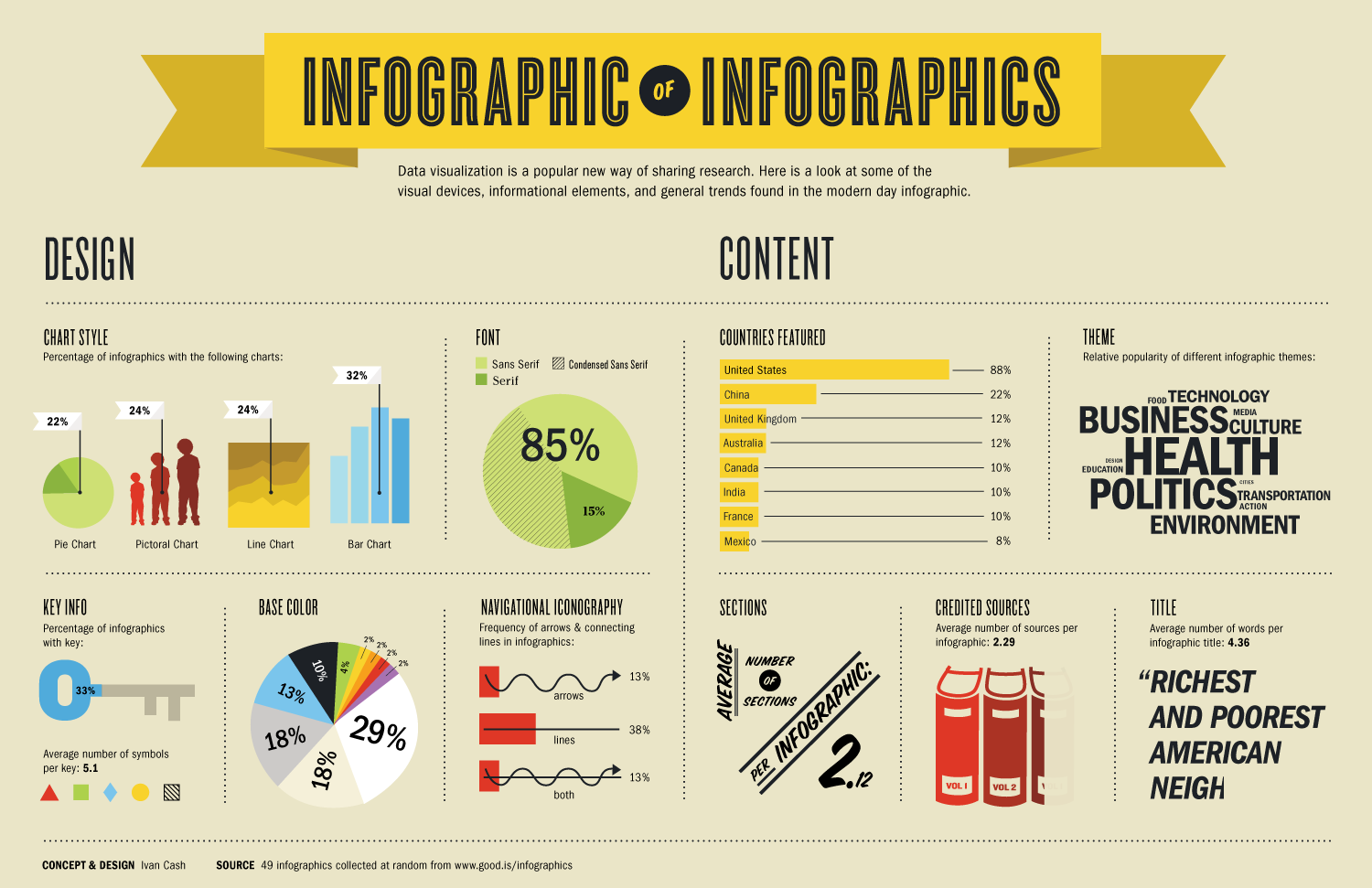
Videos
Hard to ignore, videos are shaping the digital marketing landscape. A 1-minute video is worth 1.8 million words in terms of communication-which underlines their effectiveness. (source) Videos are powerful storytellers, capable of eliciting emotions and influencing decisions in a matter of seconds.
“Using the word ‘video’ in an email subject line boosts open rates by 7-13% and including videos in the content increases clickthrough rates by 65%.”
Moreover, they cater to the viewers’ desire for entertainment and convenience. They not only hold their attention but are also accommodative of their busy schedules. Businesses can use videos diversely, ranging from product showcases to client testimonials.
The platforms that videos suit are constantly increasing in popularity, like:
- YouTube
- TikTok
Videos also offer a great opportunity to repurpose and recycle content. If you have a high-performing blog, discuss the topic in a video and post it to your social media profiles! This will help attract and engage a wider audience.
E-books and Whitepapers
E-books and whitepapers are long-form content and can be potent tools of in-depth communication. Businesses often use them to provide comprehensive knowledge about a topic, highlighting their expertise.
Downloading an e-book or a whitepaper involves something as simple as an email exchange. It doesn’t only result in lead generation, but it also positions the business as a subject matter expert. It’s like saying, “We’re worth your time and email.”
An essential aspect to consider – audiences downloading these resources already have a heightened interest in your brand. Therefore, carefully crafted and informational e-books and whitepapers can be instrumental in converting these high-intent leads into clients.
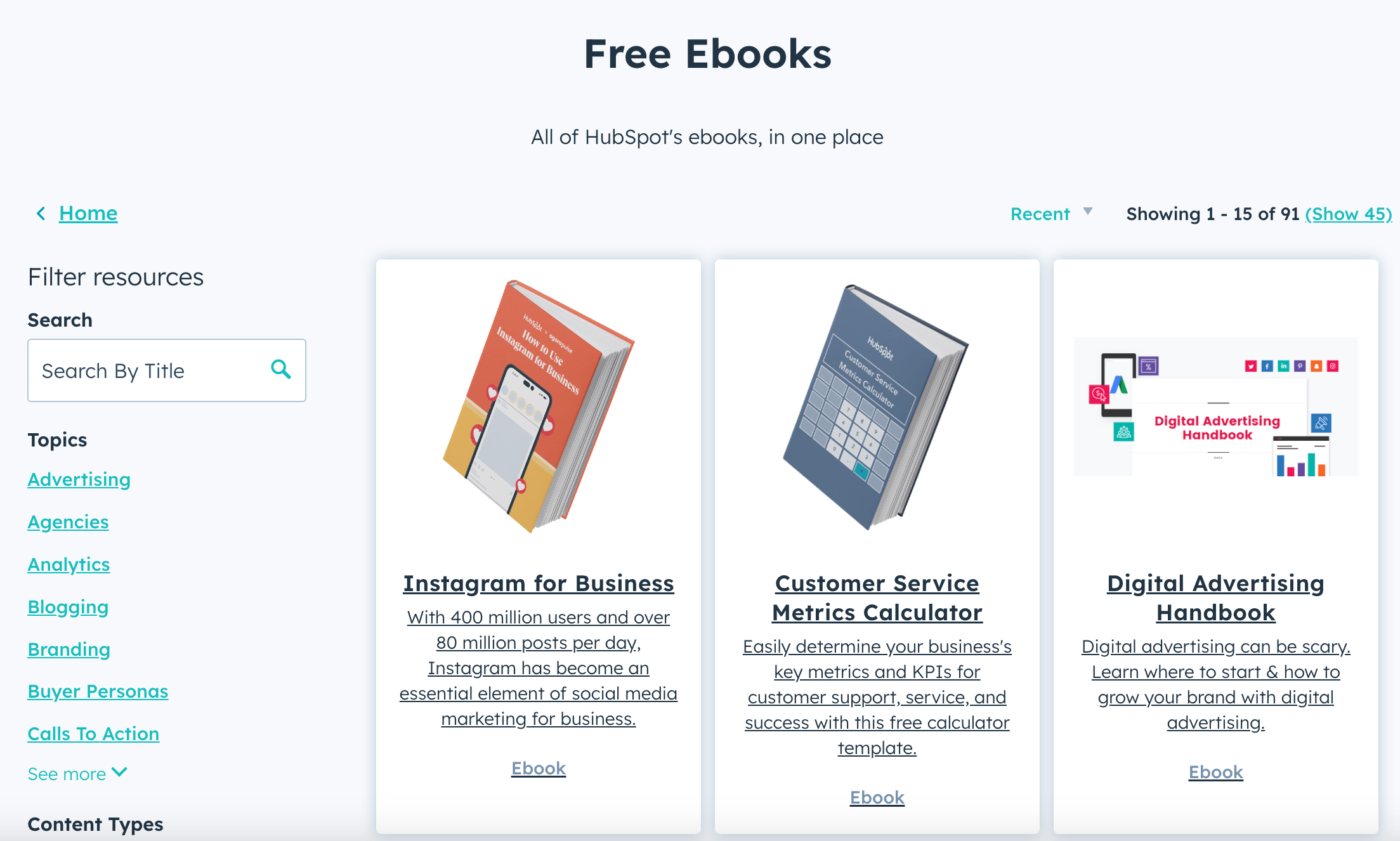
Case Studies
Case studies can be a testimonial powerhouse for businesses. They provide a unique blend of storytelling and factual evidence showing how your brand solved a particular problem for a customer.
Crafting case studies involves showcasing a real-life example of how your product or service benefits a client. It’s more than just a product feature list; case studies offer personal anecdotes and customer testimonials that lend credibility to your business.
An effective case study can turn potential customers into loyal brand ambassadors because they help deliver approval of your brand that originates directly from satisfied customers. An impressive 73% of businesses attest that case studies significantly impact their B2B conversion rates. And it’s not surprising why. As humans, we trust other people’s stories. So reviews and case studies are essential in our decision-making process.
Creating Effective Content Assets: A Step-by-Step Approach
Every successful content asset begins with careful planning and strategic alignment. This section will:
- Demonstrate a five-step approach to creating powerful content assets.
- Explain how to identify the right audience for your brand.
- Detail methods for effective content promotion.
Step 1: Identify your target audience
To create content assets, you need to know who your target audience is. This forms the backbone of your content strategy. These are the individuals who will interact with your content, and they ultimately shape your brand’s voice and message. It’s all about conducting market research to discover:
- Who is most likely to engage with your brand?
- What kind of content do they prefer?
- What platforms are they active on?
This understanding not only tailors your content but also drives engagement and conversions.
Step 2: Define your content goals
Content is not created in a vacuum; it’s designed to fulfill specific goals. Your goals can range from increasing brand awareness, generating leads, boosting conversions, to retaining customers.
Each goal will have a different strategy to achieve it. Creating content assets with no specific purpose won’t generate results that’ll benefit your business.
By accurately defining your goals, you custom-fit content assets that resonate with your audience and drive desired actions.
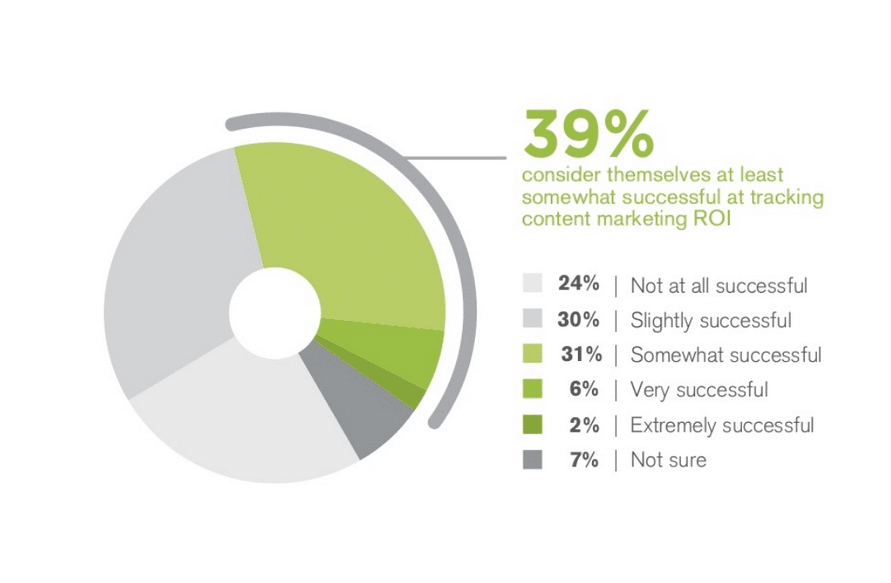
Step 3: Choose the right type of content asset
From explainer videos to case studies, white papers to infographics, the type of content asset you choose to use largely depends on your audience and goals.
Every content type has its own strength. For instance, if you aim for thought leadership, white papers might be your choice. If your goal is to generate more leads, then case studies could be the way to go.
To help decide what type of content you should create, why not build a buyer persona of your target audience? They can help you keep your strategy relevant and valuable to those you want to reach.
If you’re creating 4,000-word articles but you’re trying to attract busy moms to your site, you’re not going to have much luck. Instead, opting for quick explainer videos or podcasts would fit into your audience’s life a lot easier.
Step 4: Create high-quality, engaging content
Stitching together a few words or recording a simple video isn’t enough. Your content needs to be high-quality, relevant, and engaging.
Remember, content that fails to engage is content that fails to convert. Take care to ensure that your content assets are well-researched, error-free, align with your brand’s tone, and deliver value to your audience.
If your goal is for your content to rank on Google, then quality is especially important. There are likely hundreds, if not thousands, of businesses competing for visibility on the first page of Google for the search terms you’re targeting. Without relevant, valuable, and original content, you won’t have a chance!
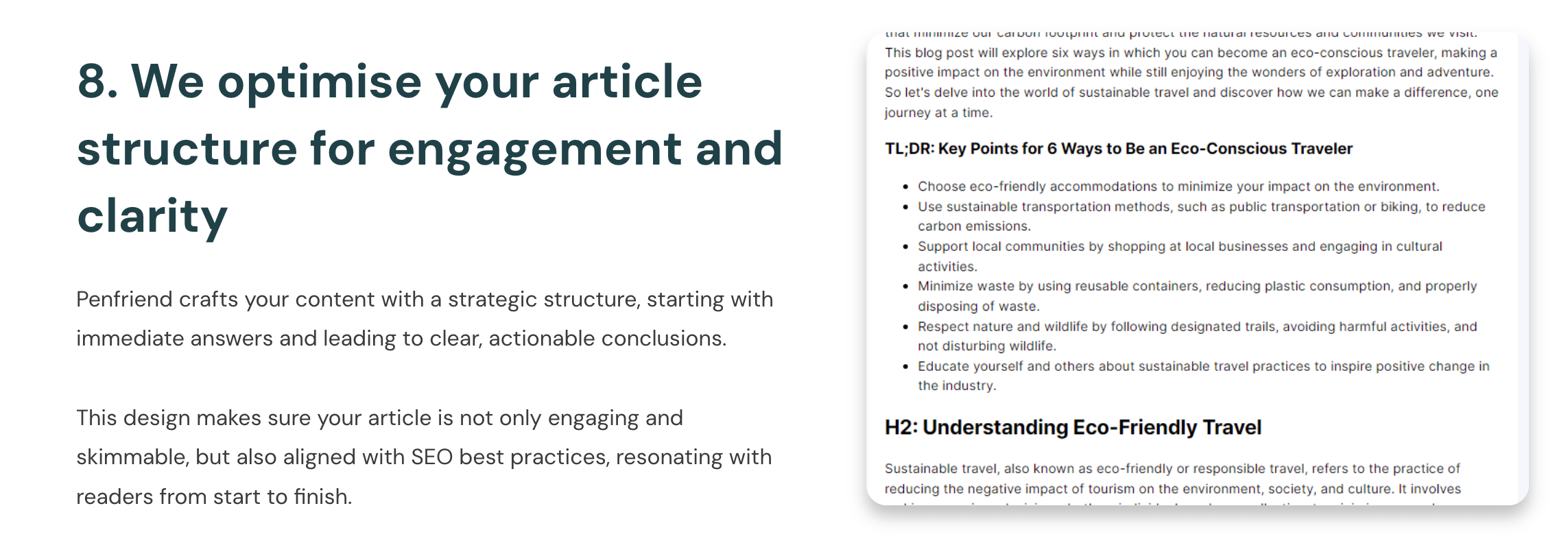
Step 5: Promote your content assets
Once your content is ready, it’s time to put it in front of your audience. Use a mix of organic and paid promotional tactics to reach your identified audience. Remember, even the highest-quality content can get lost in the digital noise if not effectively promoted.
You should put just as much thought into your promotional strategy as your content strategy. Deciding what techniques you should use should again be determined by your audience. Some effective forms of promotion include:
- Social media advertisements
- PPC (pay-per-click) advertisements on search engines
- Email campaigns
- Guest posting
Optimizing Your Content Assets for Maximum Impact
- Improve your brand’s visibility through SEO optimization
- Leverage the power of social media for promotion
- Prioritize mobile optimization for better reach
In the vein of digital marketing, overlooking the relevance of carefully optimized content equates to leaving money on the table. An optimized content asset not only boosts your brand awareness, but also ensures your audience can find and engage with you more readily.
The Role of SEO in Content Asset Optimization
As we’ve briefly mentioned, SEO, or search engine optimization, is a critical tool that connects the digital dots – helping both businesses and customers find what they’re looking for online.
Research and industry insights consistently highlight that a major portion of users tend to stay on the first page of Google search results, emphasizing the critical importance of SEO for businesses aiming to enhance visibility and attract more web traffic.
Studies reveal that a staggering 75% of users never scroll past the first page of search results, making top rank acquisition a prudent endeavor for businesses.
Put simply, there’s no use creating incredible content assets if they’re not visible on the first page of the SERPs. So, how do you get your content to rank? Optimize, optimize, optimize!
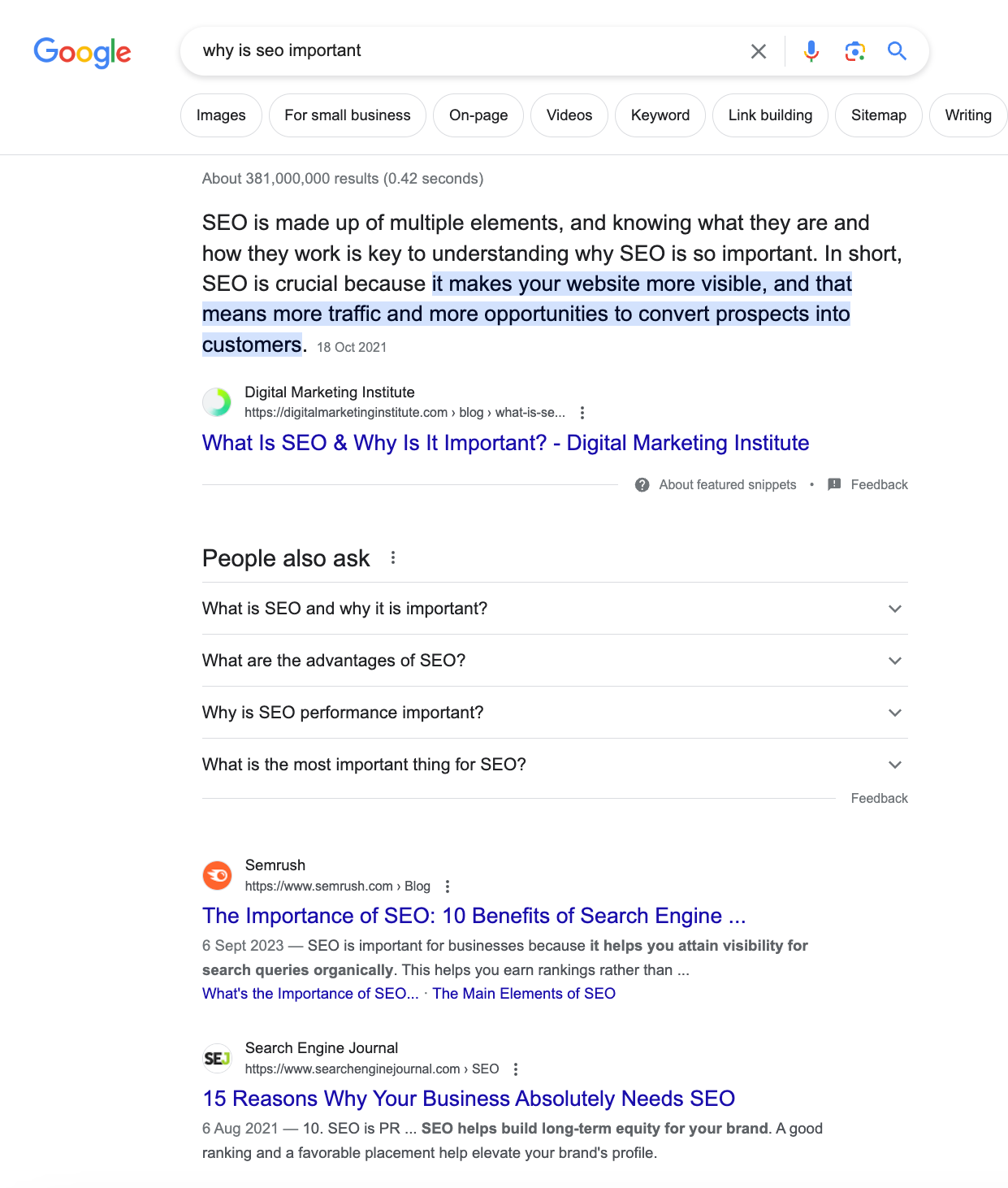
How to Optimize Content with SEO
There’s a whole industry built on optimizing your content, but we’re going to try and sum the general process up in actionable bullet points:
- Keyword research: Identify what your target customers are searching for.
- Keyword use: Use these keywords in the body of your content, headers, and the title.
- Wordcount: Look at the wordcount of articles that are currently ranking for that keyword and aim for the average.
- Scannable content: Bullet points, images, graphs, and charts make your content scannable, encouraging people to stay on the page.
The Benefits of Optimizing Content
Well-optimized content leads to organic traffic – a cost-effective, sustainable source of potential customers.
Aside from this, there are plenty of additional benefits, including improving:
- Visibility
- Brand credibility
- Authority
- Conversions
Ultimately, optimizing your content will ensure your time, effort, and resources aren’t going to waste. Keep your marketing team efficient by integrating SEO into your workflows.
The Importance of Mobile Optimization
With over half of all web traffic coming from mobile devices, mobile optimization of your content assets holds immense significance.
As of December 2023, 56.1% of all web traffic was reported to come through mobile phones globally. This figure represents a significant portion of internet usage, emphasizing the importance of mobile optimization for your content assets
Another factor to consider is that the disparity in mobile vs. desktop internet usage varies across different regions.
For example, in Africa, the share of mobile internet traffic is notably higher than the global average, whereas in regions like Oceania and North America, the figures are lower but still significant. This highlights the global trend towards mobile internet usage and the necessity for mobile-optimized content across different markets.
Two key considerations include:
- Enhancing User Experience: A website optimized for mobile viewing ensures that both the design and layout perfectly accommodate small screens. This fosters positive user experience and encourages visitors to stay on your website for longer.
- Speed is Key: Mobile users expect rapid site loading times – any delays can lead to higher bounce rates. Ensure your website’s load time is optimized to foster a speedy and seamless mobile browsing experience.
Through these methods, you can better optimize your content assets to drive maximum brand engagement and boost your brand’s impact in the digital arena.
Using Social Media for Content Asset Promotion
In this age of prolific online engagement, every share, like, or retweet counts.
As of 2023, there are 4.95 billion people actively using social media worldwide. This number represents approximately 61.4% of the global population, highlighting the extensive reach and influence of social media platforms across different demographics and regions.
This widespread use of social media underscores the importance for brands and individuals alike to maintain an active and strategic presence on these platforms to connect with their audience effectively.
Each engagement places your content in front of a new pair of eyes – exponentially increasing its reach. Today, more than half of the world’s internet users utilize social media platforms, making them fertile ground for broadcasting your brand.
Different social platforms cater to different demographics. Therefore, maximize reach through a multi-platform approach, optimizing social media posts to suit the unique specifications of each platform.
Successful Content Asset Strategies in Action: Real World Examples
A real-world example is worth a thousand theories. Let’s illustrate how some big players have aced their content asset strategy to provide some inspiration to apply in your own efforts.
Real-World Examples
- AppSumo’s Growth through Content Marketing: AppSumo used a four-part approach focusing on research, strategy development, content production, and backlink building, resulting in an 843% increase in organic website traffic and a 340% increase in revenue from that traffic. This case study exemplifies the power of a holistic content strategy and its impact on business growth. Source: SEO Chatter
- Movoto’s Content Strategy for Audience Engagement: Movoto, a real estate platform, employed a content strategy focusing on high-arousal emotions like curiosity, interest, and trust, using a variety of formats like motion graphics and interactive features. This approach led to over 1.7 million social shares and more than 1,700 publisher features, significantly enhancing brand recognition and authority in the real estate industry. Source: Fractl
- Recovery Brands’ Authority Building Through Content: Recovery Brands collaborated on campaigns that were emotionally appealing and aligned with the company’s goals, using diverse content mediums. This strategy significantly increased their authority and visibility in the competitive alcohol and drug treatment space. Source: Fractl
- Fanatics’ Transformation into a Sports Hub: By creating timely and evergreen content related to sports, Fanatics saw a 1,100 percent increase in organic search traffic and a 230 percent increase in the number of ranking keywords, turning their site into a destination for sports fans.
These examples demonstrate how tailored content strategies can lead to substantial improvements in traffic, engagement, and brand authority. They illustrate the importance of understanding your audience, leveraging current trends, and producing diverse and high-quality content assets.
Remember, the potential of content marketing is vast, and a powerful content asset strategy is the key to unlocking it. By learning from success and failures, your brand can develop a foolproof strategy that will set you up for years to come.
Case Studies: Successful Content Asset Strategies in Action
Look at companies like HubSpot, Airbnb and Salesforce, which have used content to significantly boost their brand presence and customer engagement. Analyze their strategies to understand how they align content with audience needs and business goals.
Case Study 1: HubSpot
Background: HubSpot, a leading provider of inbound marketing, sales, and customer service software, has long been recognized for its effective use of content assets to drive brand awareness, engagement, and conversions.
Strategy: HubSpot developed an extensive library of content assets, including blog posts, e-books, webinars, and templates, designed to address the needs and questions of their target audience at various stages of the buyer’s journey. They focused on creating high-quality, educational content that established the company as a thought leader in the inbound marketing space.
Results: HubSpot’s content marketing efforts have led to significant increases in website traffic, lead generation, and customer acquisitions. Their blog alone attracts millions of visitors each month, and their content assets have been instrumental in growing the company’s customer base and reinforcing its position as an industry leader.
Key Takeaway: HubSpot’s success underscores the importance of understanding your audience and providing them with valuable, relevant content at every stage of their journey.
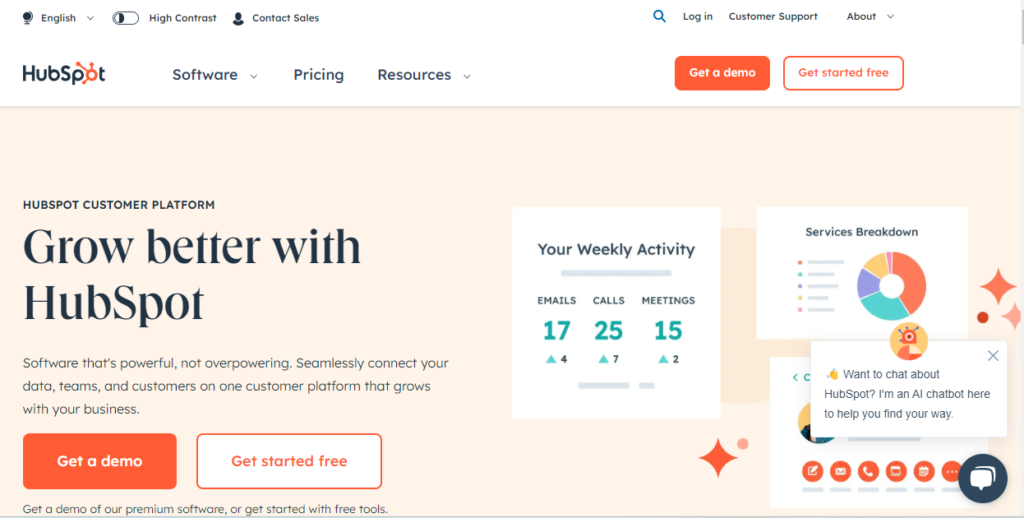
Case Study 2: Airbnb
Background: Airbnb, the online marketplace for lodging and tourism experiences, utilized content marketing to build brand trust and connect with audiences around the world.
Strategy: Airbnb launched a digital magazine called ‘Airbnb Magazine’ and created neighborhood guides and travel stories that showcased the unique experiences available through their service. They leveraged user-generated content and stories from hosts and travelers to create authentic and engaging content assets.
Results: The content strategy helped Airbnb increase its brand visibility and deepen its relationship with users. The authentic stories and travel tips provided valuable resources for travelers and helped to humanize the brand, leading to increased bookings and user engagement.
Key Takeaway: Airbnb’s approach highlights the power of storytelling and user-generated content in creating a strong, relatable brand identity that resonates with audiences.
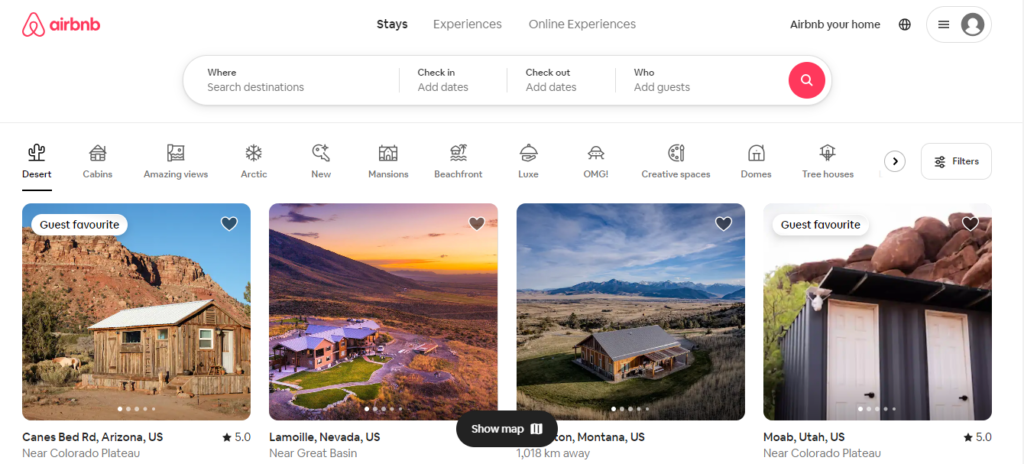
Case Study 3: Salesforce
Background: Salesforce, a global leader in customer relationship management (CRM) software, leveraged content assets to educate its audience and nurture leads.
Strategy: Salesforce created a comprehensive range of content assets, including e-books, whitepapers, infographics, and webinars, focusing on topics relevant to their target customers, such as sales strategies, customer service tips, and cloud computing trends. They used data-driven insights to tailor content to the interests and challenges of their audience.
Results: Through its targeted content strategy, Salesforce was able to establish itself as an authoritative voice in the CRM space, improve lead quality, and increase conversion rates. Their educational content assets have been key drivers in moving prospects through the sales funnel and turning them into loyal customers.
Key Takeaway: Salesforce demonstrates the importance of creating educational and informative content that addresses the specific needs and pain points of your target audience.
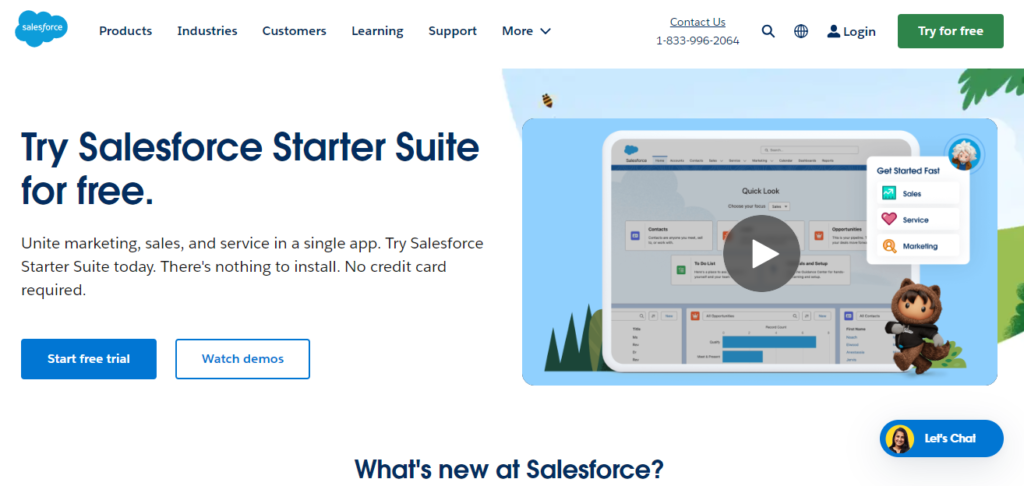
The Future of Content Assets
The content landscape is constantly evolving, with new formats and platforms emerging. Stay ahead by being adaptable, experimenting with new types of content, and always focusing on providing value to your audience.
Expect to see more personalized and interactive content, an increased focus on video and visual storytelling, and greater integration of AI and machine learning in content creation and analysis.
“65% of the population are visual learners.”
Source: SHIFT eLearning
With such a large percentage of the population being visual learners, it only makes sense to put a focus on visual storytelling and other forms of creating visual content.
Stay curious, keep learning, and remain flexible in your content creation and marketing strategies. Focus on your audience’s needs and how your content can provide value to them.
Content Assets for Brand Boosting FAQ
Q: What is a content asset?
A: A content asset is any type of content created for marketing purposes that provides value to the audience and supports the brand’s objectives. This can include blogs, infographics, videos, e-books, whitepapers, case studies, and more.
Q: Why are content assets important in digital marketing?
A: Content assets are crucial in digital marketing as they help establish brand authority, engage with the target audience, improve SEO, and drive conversions. They are the backbone of content marketing strategies, helping brands to communicate their message and values effectively.
Q: How can I create effective content assets?
A: To create effective content assets, start by identifying your target audience and understanding their needs and preferences. Define your content goals, choose the right type of content asset for your objectives, create high-quality and engaging content, and promote your content through appropriate channels.
Q: How do I optimize my content assets for SEO?
A: Optimize your content assets for SEO by conducting keyword research and including relevant keywords in your content, especially in titles, headers, and meta descriptions. Ensure your content is high-quality and provides value to your audience. Also, optimize images and videos, improve website loading times, and build quality backlinks.
Q: What tools can help with content asset management?
A: Tools that can help with content asset management include Content Management Systems (CMS) like WordPress, Drupal, or Joomla for managing website content; Digital Asset Management (DAM) tools like Bynder or Adobe Experience Manager for organizing digital assets; and collaboration tools like Google Docs, Trello, or Slack for coordinating content creation and approval processes.
Q: How do I measure the success of my content assets?
A: Measure the success of your content assets by tracking metrics such as website traffic, engagement rates (likes, shares, comments), lead generation, conversion rates, and SEO rankings. Use analytics tools to monitor these metrics and assess how well your content is performing against your objectives.
Q: Can content assets help with brand awareness?
A: Yes, content assets can significantly help with brand awareness by providing valuable information, entertaining the audience, and solving their problems. High-quality content can increase your brand’s visibility and make it more memorable to consumers.
Q: How often should I update my content assets?
A: The frequency of updates depends on the type of content and your marketing goals. However, it’s important to regularly review and update your content assets to ensure they remain relevant, accurate, and effective. This could mean updating statistics in an infographic, revising outdated information in a blog post, or refreshing the design of an e-book.
Q: How do I know which type of content asset to create?
A: The type of content asset you should create depends on your target audience’s preferences, your marketing goals, and the stage of the buyer’s journey you are addressing. Use audience insights and content performance data to determine which formats resonate most with your audience and align with your objectives.
Q: How can I make my content assets stand out?
A: Make your content assets stand out by ensuring they are high-quality, original, and relevant to your audience. Use engaging headlines, compelling visuals, and a clear, consistent brand voice. Also, consider addressing unique angles or untapped topics within your industry to differentiate your content from competitors.
Glossary: Understanding Key Terms in Content Asset Management
Content Asset: Any piece of content (text, graphics, video, etc.) created for marketing purposes that provides value to the audience and supports the brand’s objectives. Examples include blog posts, infographics, e-books, whitepapers, and videos. Content assets are integral to digital marketing strategies as they help establish authority, engage with the target audience, and drive conversions.
Content Asset Management: The process of organizing, storing, and tracking content assets to ensure they are easy to find, up-to-date, and effectively utilized across marketing efforts. Effective content asset management helps marketers maximize the value of their content by making it easier to repurpose and redistribute assets across different channels.
Content Asset Optimization: The practice of improving content assets to maximize their reach, engagement, and conversion rates. This involves using SEO best practices, ensuring content is mobile-friendly, and tailoring content to meet the needs and preferences of the target audience. Optimization aims to increase the visibility and effectiveness of content assets in search engine results and across digital platforms.
Content Asset Strategy: A plan that outlines how content assets will be used to achieve marketing and business goals. This includes identifying the target audience, determining the types of content that will resonate with that audience, setting content objectives, and outlining the distribution channels and tactics that will be used to promote the content. A well-defined content asset strategy helps ensure that all content efforts are aligned with the brand’s overall objectives and are executed in a cohesive and strategic manner.
SEO (Search Engine Optimization): The practice of optimizing a website and its content to improve visibility and ranking in search engine results pages (SERPs). SEO involves using relevant keywords, creating high-quality content, improving website speed and mobile-friendliness, and building backlinks. The goal of SEO is to attract more organic (non-paid) traffic to the website by making content more accessible and appealing to search engines and users.

